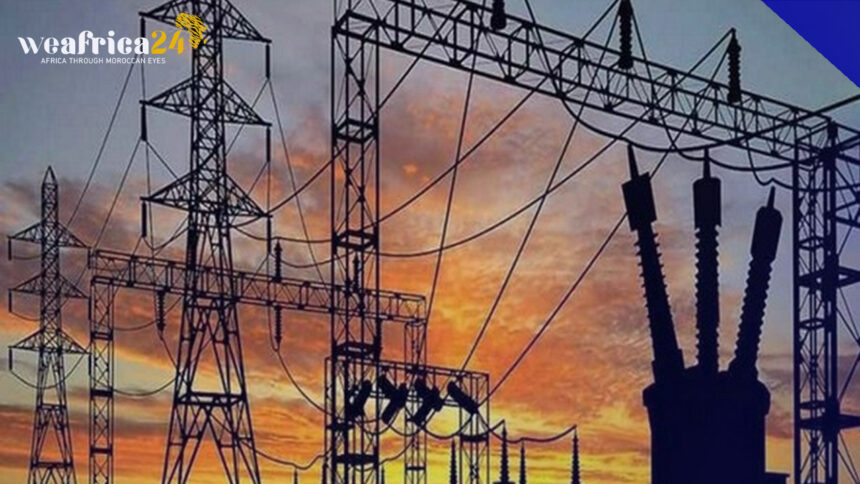Maintenance challenges and the adverse impacts of climate change, specifically water scarcity, have resulted in a substantial 400-megawatt electricity deficit in Tanzania. Consequently, this shortfall has necessitated the implementation of power rationing measures throughout the East African nation, as confirmed by the state’s primary electricity provider.
According to Gissima Nyamo-Hanga, the Managing Director of the Tanzania Electric Supply Company (TANESCO), Tanzania’s national grid, boasting an installed capacity exceeding 1,900 MW, confronted multiple challenges. These issues encompassed deteriorated infrastructure at gas wells and gas-fired power stations, alongside dwindling water levels at hydropower dams.
TANESCO, a government-owned entity in its entirety, anticipates concluding the necessary maintenance activities and addressing the electricity deficit by the conclusion of March next year. This statement was conveyed by Nyamo-Hanga during a press briefing held late on Wednesday.
Although the government has initiated one of the most rapid electricity access expansion efforts in Sub-Saharan Africa, it is noteworthy that only 38% of Tanzanian residents currently have access to electricity, as reported by the World Bank.
Approximately 60% of Tanzania’s electricity production is derived from natural gas, while approximately 30% is generated from hydropower sources. The energy ministry has reported that the highest peak electricity demand on record reached 1,431 MW in May of this year, marking a 7% increase compared to the previous year.
The Julius Nyerere hydropower dam, with a capacity of 2,115 MW, commenced its water-filling process in December of the previous year. The energy ministry has set a target for its completion by June 2024. This significant project is expected to more than double Tanzania’s existing installed electricity capacity.
Nyamo-Hanga has noted that the Nyerere dam is currently at 92% completion. However, it is worth emphasizing that climate change has introduced challenges such as a shortage of rainfall, leading to diminished water levels at existing dams, which impacts the overall electricity generation situation.







